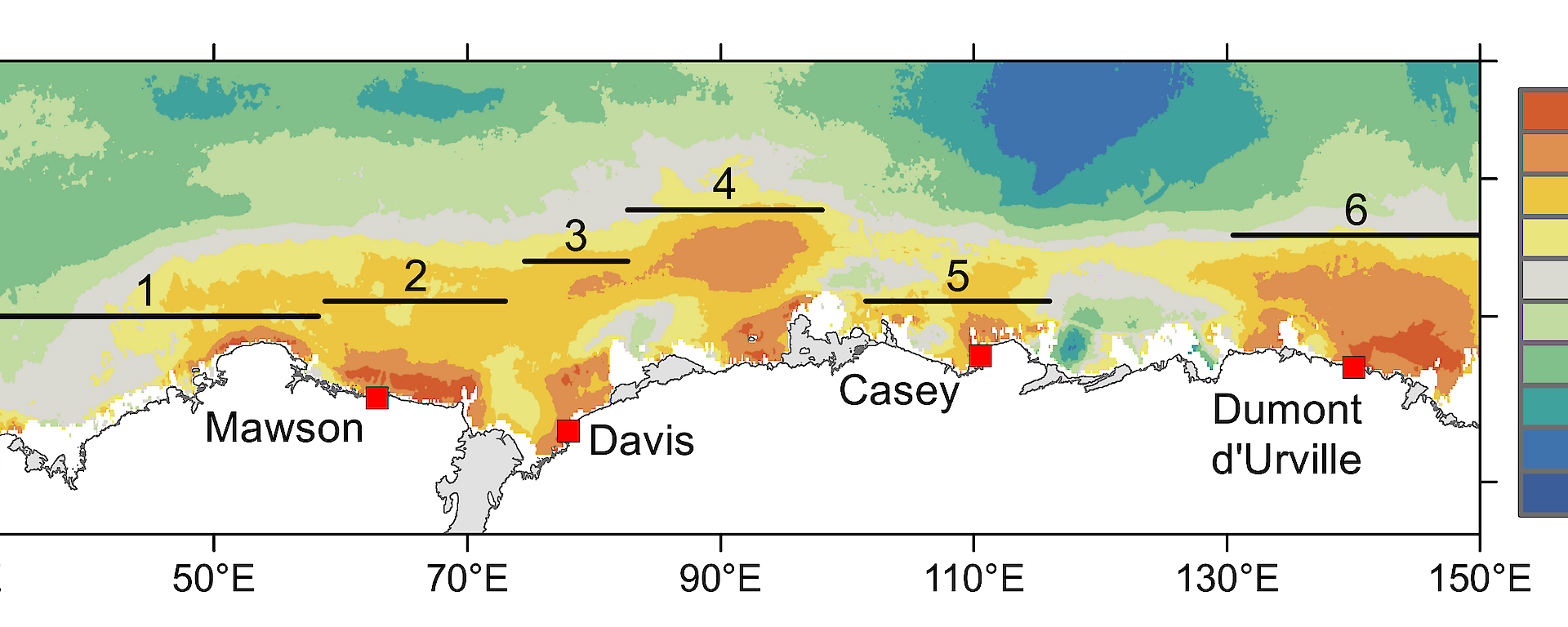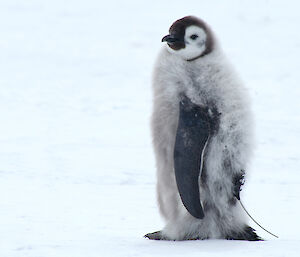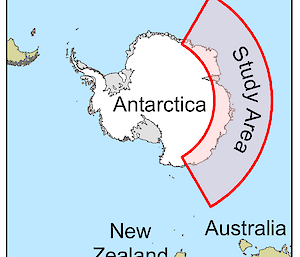Satellite tracking of six seal and seabird species in the East Antarctic sector of the Southern Ocean has identified six hotspots of important marine habitat.
The research, published this week in Ecography, uses two decades of satellite tracking (‘telemetry’) data collected by Australian and French Antarctic research teams for Adélie and emperor penguins, light-mantled albatross, Antarctic fur seals, southern elephant seals and Weddell seals.
Lead author of the paper, Dr Ben Raymond, from the Australian Antarctic Division, said most telemetry studies have been conducted on individual species and few have been able to consider multi-species datasets.
“Combining telemetry data from a diverse suite of Antarctic marine predators has allowed us to identify several marine regions and features important to these animals,” Dr Raymond said.
“These include regions accessible to breeding colonies, and winter polynyas, which are areas of open water that are often associated with increased prey availability.”
The preferred habitat of each species was identified by applying statistical modelling methods to the observed tracks. Each model was then used to predict the habitat preference for that species over the full region of interest.
The results were consistent with previous studies which have shown, for example, that both Adélie and emperor penguins prefer habitat close to their breeding colonies during the chick-rearing period. Male and female southern elephant seals, in contrast, disperse widely from their colonies after breeding and concentrate on shallow parts of the continental shelf and areas of winter polynyas.
When the team combined the results from the individual species, they found a high degree of overlap in six regions (see animation video below).
“Areas of overlap were all located in the southern part of the study region, generally over the Antarctic shelf and waters immediately to its north, excluding deep, open oceanic areas,” Dr Raymond said.
“Female Weddell seals and to a lesser extent emperor penguins were most strongly associated with near-coast areas. Light-mantled albatrosses preferred offshore areas, closer to their subantarctic breeding islands. The remaining species showed more uniform distributions.”
The study authors said their research, and similar research programs tracking multiple species, were important for Southern Ocean conservation planning and management activities, including the establishment of marine protected areas currently being considered by the Commission for the Conservation of Antarctic Marine Living Resources. The research could also be used to improve ecosystem modelling and to assess future changes in habitat use.




